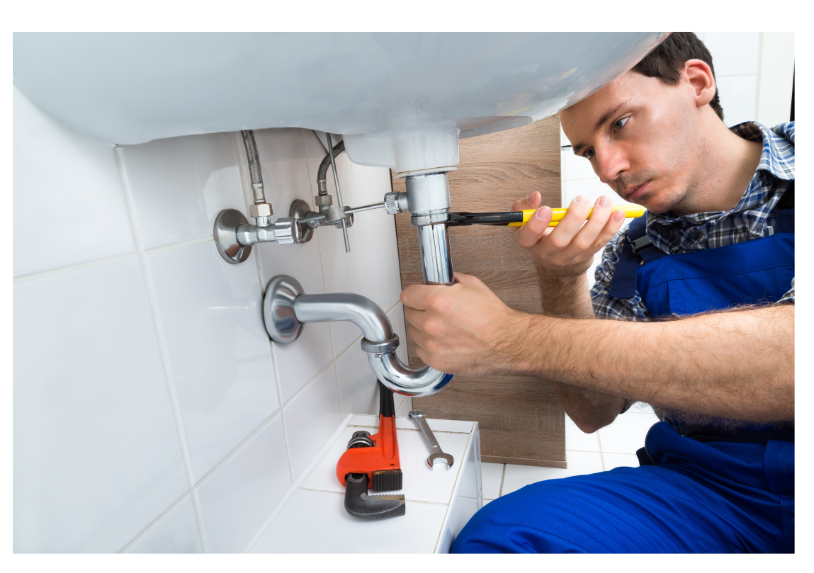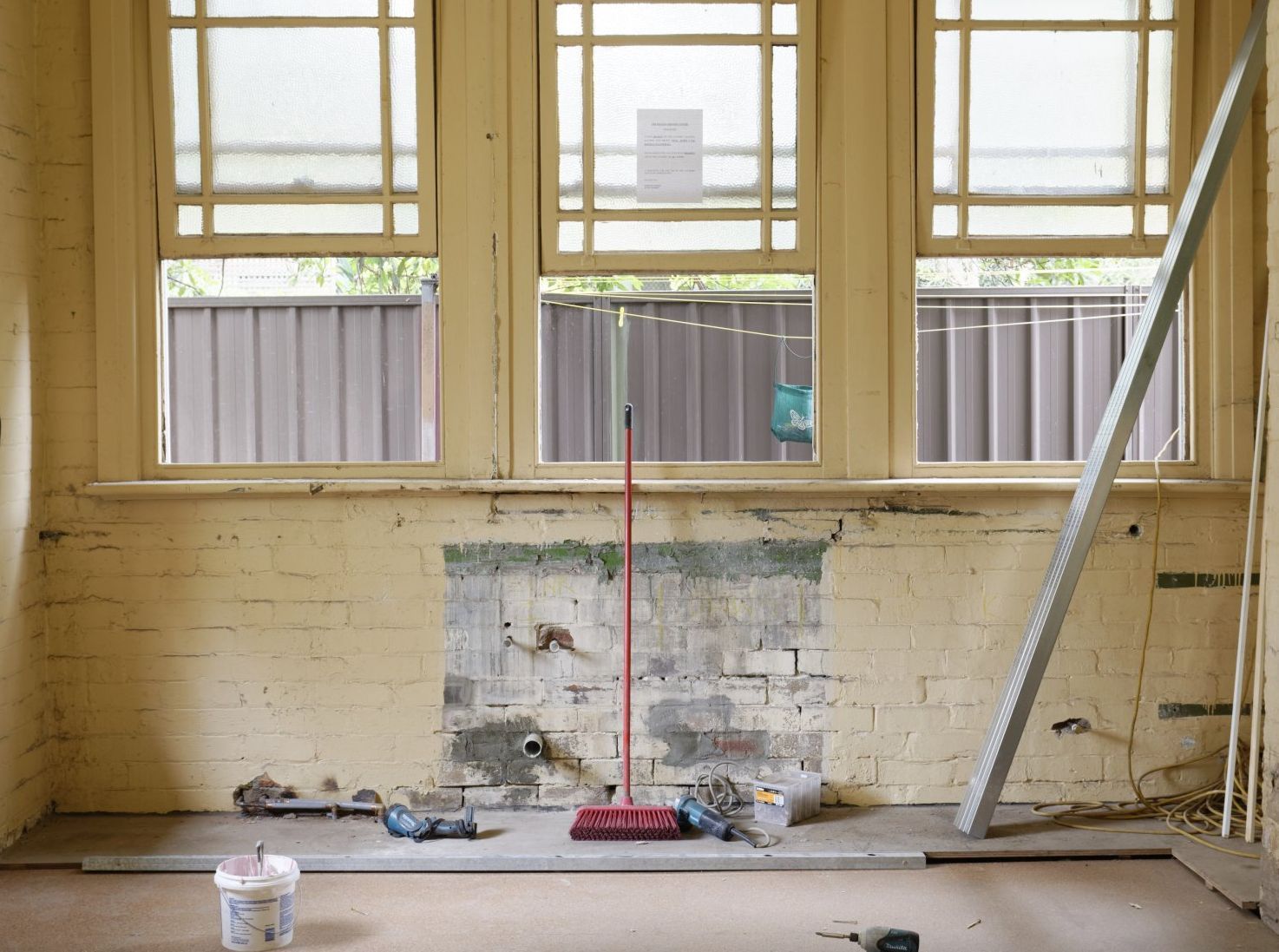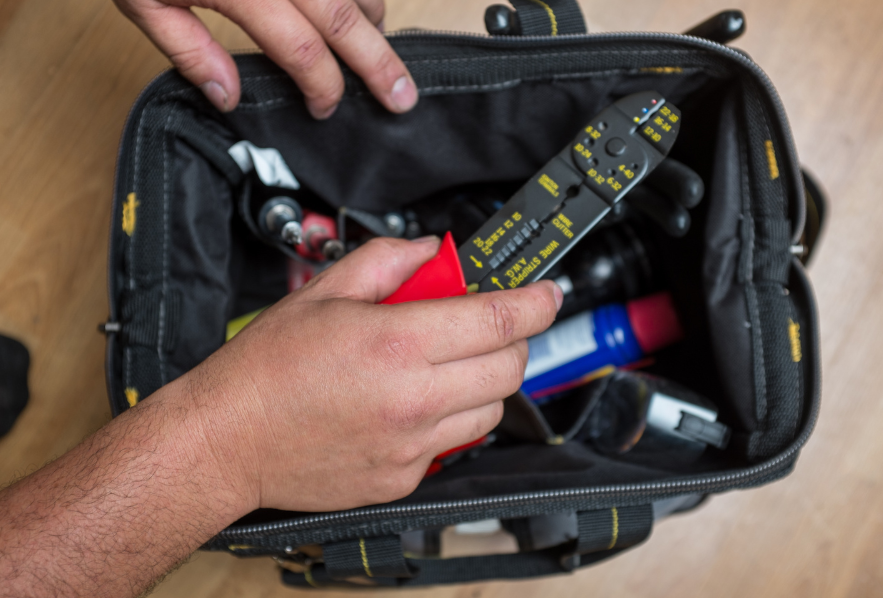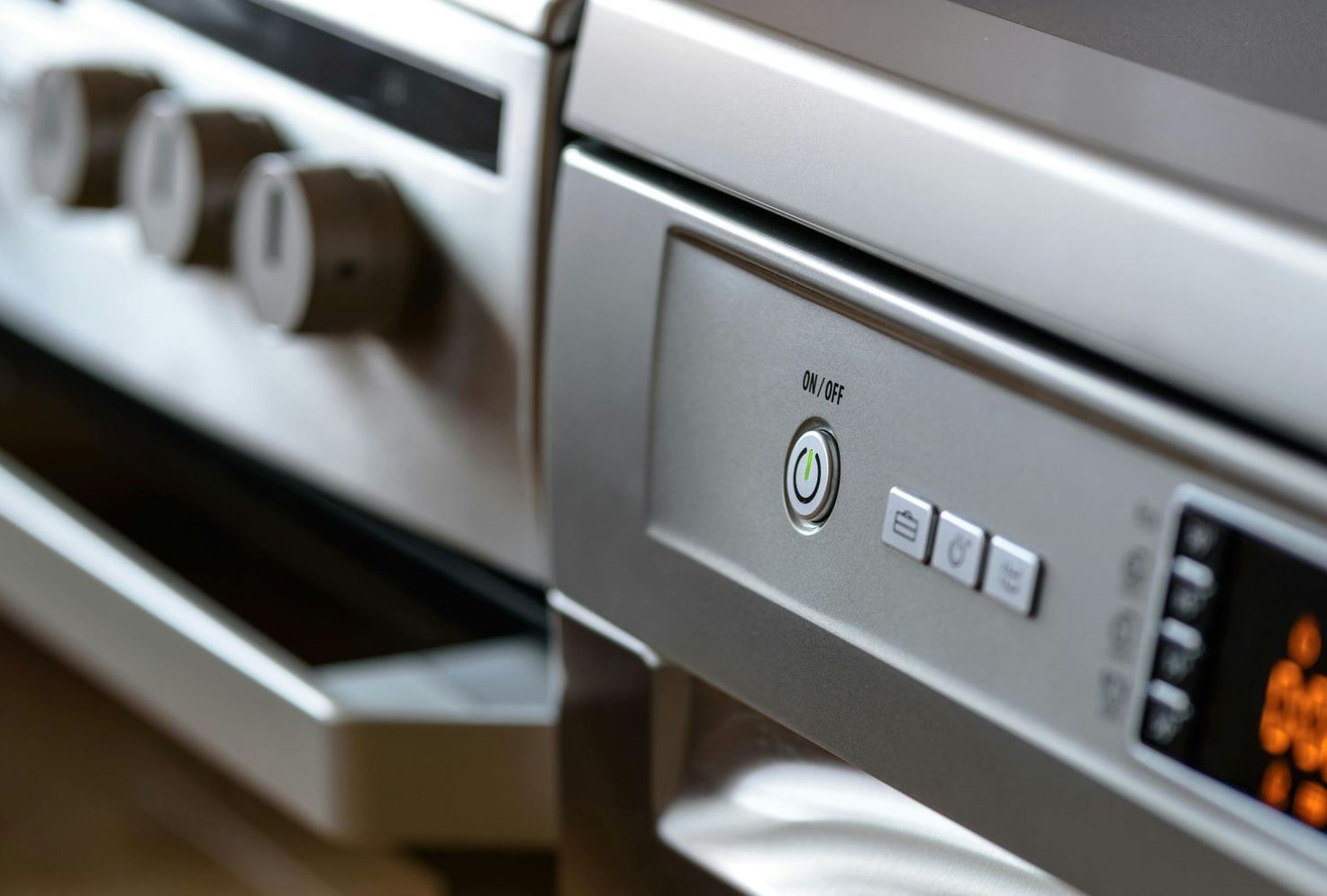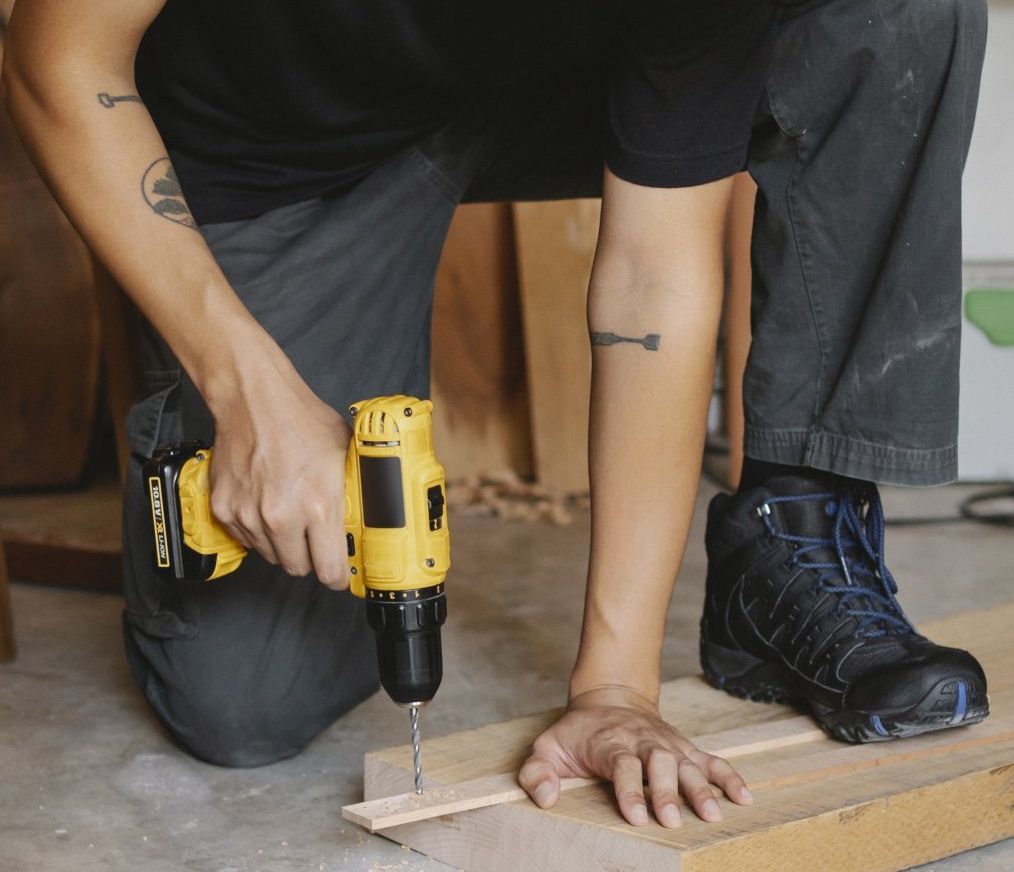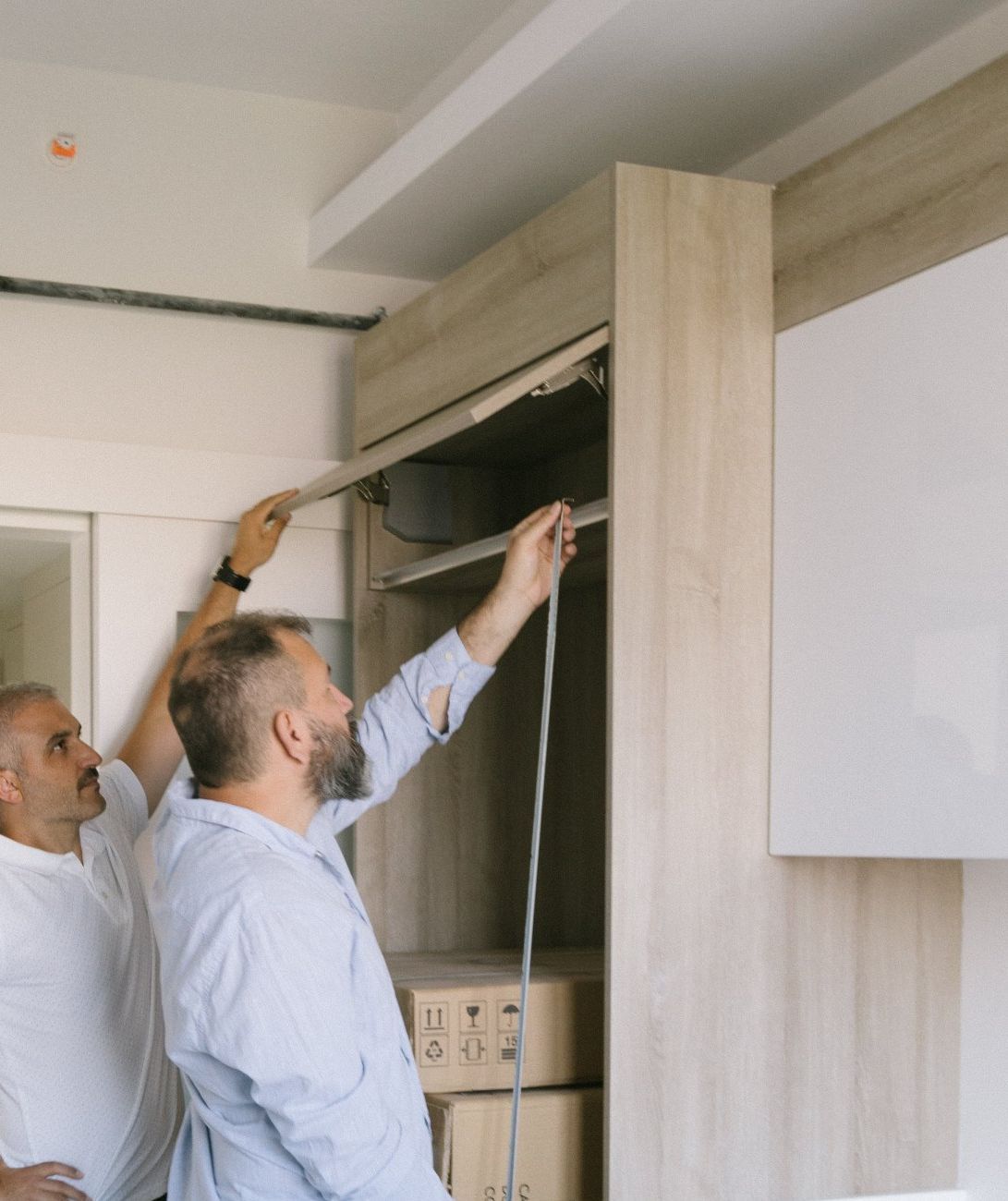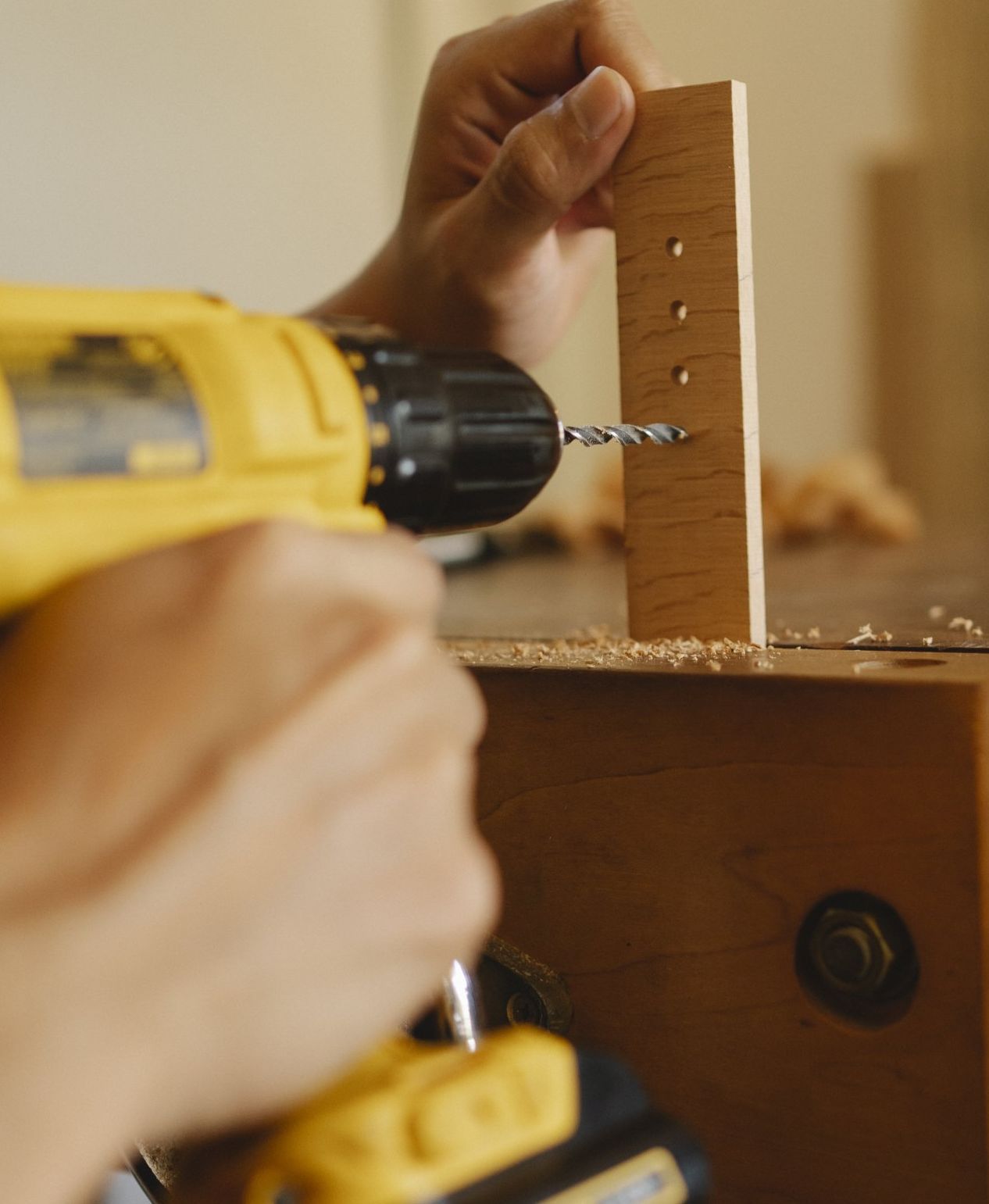How to Choose the Right Handyman
It's Not just About the Toolbox!
So, you’ve watched one too many DIY YouTube videos, attempted to fix your sink, and now there's more water on the floor than there is in your local swimming pool. It's time to admit defeat and call in a handyman. But how do you pick the right one? After all, you don’t want Bob the Builder turning up with just a toy hammer and an enthusiastic smile. Here's a light-hearted guide to help you select the perfect handyman for your home improvement catastrophe—I mean, project!
1. Size Matters... When It Comes to Toolboxes
When your handyman arrives, the first thing you might notice is the size of his toolbox. If it's smaller than your lunchbox, that might be the first (and a very large) red flag. Unless of course, they have the magical Mary Poppins kind of toolbox. If tools start floating out and a lampstand is pulled out, you’re onto a winner.
2. Check Their Outfit
Remember, a professional handyman looks the part. Look out for overalls with mysterious stains that tell a thousand home improvement tales. If he shows up wearing a three-piece suit, unless you hired a magician to make your broken faucet disappear, you’ve probably got the wrong guy.
3. The All-Important Vehicle Check
A true handyman's van is a place of wonder. It's essentially a mobile DIY store. If he rolls up in a mini with just a screwdriver and wrench on the passenger seat, brace yourself for some inventive "solutions".
4. Jargon Bingo!
Professional handymen love their jargon. Words like "flange", "gasket", and "joist" will be thrown around with wild abandon. If he looks under your sink and simply says, "Yep, it's broken," you might want to reconsider your choice. Play a game of 'Jargon Bingo'—if you tick off five jargon words in the first 10 minutes, he’s a keeper!
5. Ask for Stories, but Not Ghost Ones
A seasoned handyman has a saga for every scar, usually involving a rogue nail or a misbehaving drill. Ask for a few of these tales. If instead, he regales you with ghost stories or the tale of the fish he caught last summer (that was "THIS big!"), it's time to sigh and show him the door.
6. The Snack Test
Offer a snack. A true handyman will graciously accept (or decline) and then swiftly get back to the task at hand. However, if your offered cookie leads to a two-hour break, well... you're going to need more cookies.
7. Reviews: The Modern Day Gossip
Once upon a time, you’d lean over your fence and ask your neighbor about Mr. Handyman’s reputation. Nowadays, just stalk him online (the professional way). If he’s got five stars and reviews that sound like they're about a superhero (“He saved my cat, fixed my roof, and then cooked dinner!”), you’re onto a winner.
8. Can They Laugh at Themselves?
Mistakes happen. Maybe they'll accidentally hammer a thumb or get momentarily defeated by a stubborn screw. If they can laugh it off, they're probably seasoned pros. If they blame it on the "defective" nail, well, at least you get a good story out of it.
9. Certificates: The Handyman's Trading Cards
While they might not have the shiny Charizard of plumbing certificates, any professional accreditations they can show you are a good sign. If they proudly show off a certificate of participation from a third-grade spelling bee, however, maybe reconsider your choices.
10. The Time Test
Lastly, estimate how long you think the job will take and then double it. This is your 'Handyman Time Estimate'. If they finish within this window, it's a miracle. If they finish earlier, hold onto them for dear life, because you’ve found yourself a unicorn.
In all seriousness, home improvement is crucial, and getting the right person for the job is key. Once you've had a chuckle, do your research, check their references, and trust your gut. And always, ALWAYS have extra cookies on hand. You know, just in case.
